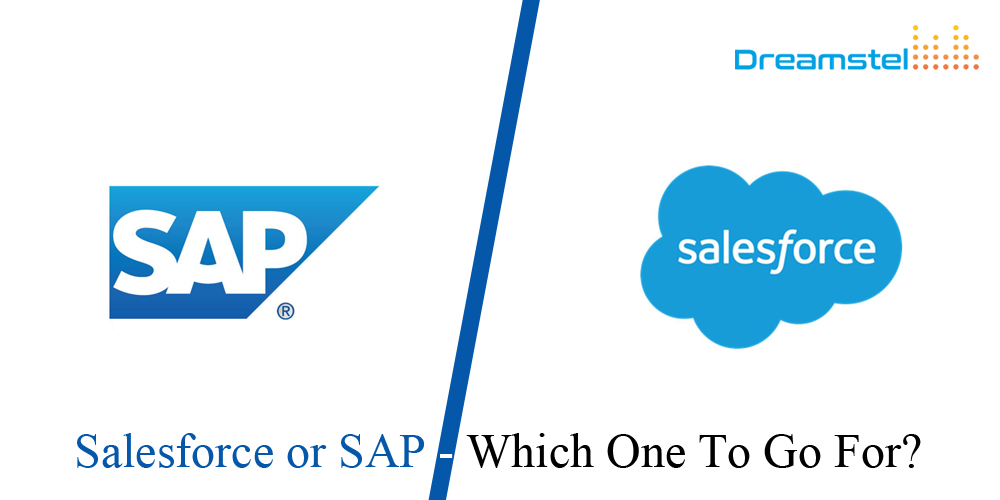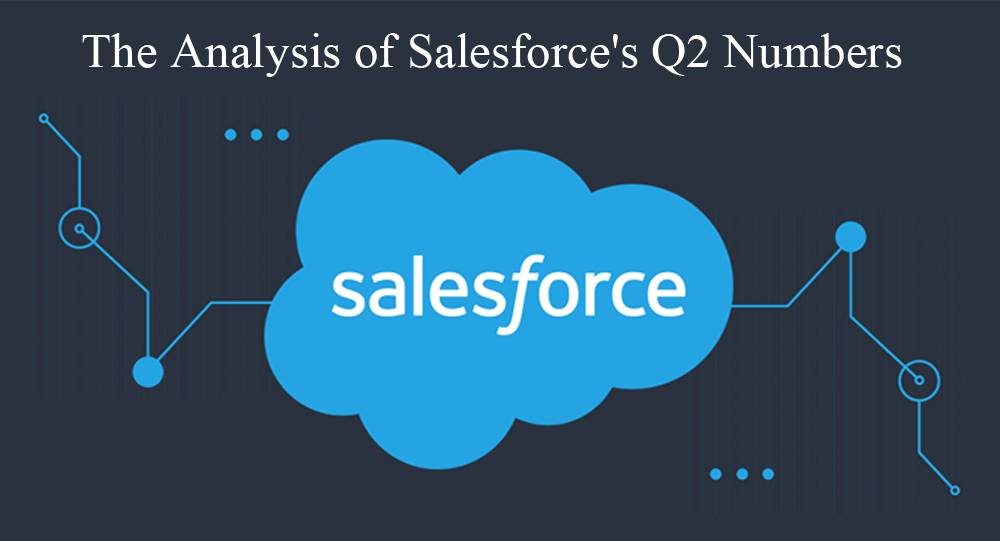 +1-302-213-1128
+1-302-213-1128
 +61 284 880 972
+61 284 880 972
 +91-120-4399820
+91-120-4399820
 +1-302-213-1128
+1-302-213-1128
 +61 284 880 972
+61 284 880 972
 +91-120-4399820
+91-120-4399820
Picking up the right CRM for business can be a challenging task. This article will discuss the differences between SAP and Salesforce CRM to make it easier for you to choose between one of them.
Both the CRM platforms have their pros and cons. However, Salesforce is particularly less preferred when it comes to UI and all captivating social moving capacities. Still, it is easy to use for individuals who don't usually utilize innovation devices. On the other hand, SAP isn't known for its intuitive UI, though Salesforce is getting much preference due to its usability.
When it comes to industrial components, SAP is preferred because it offers a great deal of industry-related parts and components, alongside CRM components.
Salesforce CRM on the other hand targets CRM-based components. However, it is said that Salesforce is much costlier than SAP when used for industrial components. After every upgrade introduced in SAP, the stage turns out to be respectable and useful. Whereas, Salesforce is as yet restricted to construct and bolster a worldwide class B2C Customer Engagement Center (CEC)item.
Salesforce has been dominating the CRM industry for years, and the Salesforce CRM market share was 19.5% in 2018, its over double its nearest rival SAP. Let’s talk about some popular software and tools that are are commonly used.

Business Intelligence tools have become more popular over the years as the users can monitor their KPIs and gather specific data of their day-to-day business activities.
Salesforce Salesforce CRM provides its user with real-time analytics through their paid add-on QlikView, which is much easier to use, and it requires less or no dependence on IT. With QlikView's help, customers can increase sales effectiveness and efficiency by measuring trends in their pipelines. Users can also manage their marketing campaigns and can identify new marketing strategies for future improvement.
SAP SAP helps its users to analyze data in real-time. SAP BusinessObjects integrates capabilities such as KPI reporting into the SAP Analytics cloud, which can be used directly in SAP C/4HANA without any BI system.
However, both the CRMs offer the best analytics capabilities with their solutions. After understanding this difference, we can say that Salesforce beats SAP, as Salesforce's QlikView is more user-friendly.
Omni-Channel solutions help the companies to establish a better customer experience. Let's discuss how both the CRMs work to improve the omnichannel experience.
Salesforce Salesforce Commerce Cloud offers a simpler cloud-based approach. It enables retailers to access multiple features that are integrated into a centralized platform, which includes operations, order management, merchandising, marketing, etc.
SAP It is different from Salesforce's approach. SAP integrates all physical and digital touchpoints of the customer on a single platform. It provides the best experience to the users on every device.
Many sales reps visiting a client or technicians doing on-site maintenance are all required to access the software, but not every place has internet available. When looking at the offline functions available at both SAP and Salesforce, we see a massive difference between them both.
Salesforce The offline-mode of Salesforce CRM is limited when compared to SAP. A few examples are: it allows the users to edit notes but can't delete them, it allows for editing and deleting task but only limited, it does not allow you to edit or delete files, and it does not allow you to give approvals.
SAP SAP's C/4HANA supports most activities, both online and offline. A few examples are Offline price calculations, Offline field service tool, Offline retail execution tool, and offline promotion creation.
Both CRMs provide an online and offline mode, but SAP is more favored in terms of offline mode.
Comparing these technologies and implementing them in a CRM can help you to deliver more personalized and predictive customer information in every part of your business.

The analysis of Salesforce's Q2 numbers is up 60% to $1.5 billion, which makes it the largest business unit inside a company synonymous with SaaS apps. Lagging behind Platform and Other were ServiceCloud, up 20% to $1.3 billion, and Sales Cloud, up 13% to $1.3 billion.
Following the after-hours spike in its share price, Salesforce now has a market cap ($194.7 billion) significantly bigger than Oracle's ($172.1 billion) and almost as large as SAP's (197.2 billion).
According to IDC, Salesforce CRM has claimed an 18.4% share for 2019, while those other companies generated a combined portion of 17.8%.
In the end, we can say that both CRMs can be used interchangeably. However, it all comes down to what you are looking for in your CRM. Only you can be the best judge to know if you SAP or Salesforce CRM. Consult a Salesforce Expert for help. Dreamstel is currently offering 10 hours of free Salesforce consultation. Wait no more and call us now.
Leave a Message
Recent Blogs
-December 10, 2021: Learn About Package Development Salesforce
-November 26, 2021: The Power of IT Solutions for the Retail Industry
-November 11, 2021: Wide Spectrum of Salesforce Application Development Services
-November 02, 2021: Why Should You Use The Package Development Model In Salesforce?
-November 01, 2021: All You Need To Know About Integrating Tableau Into Salesforce
View More Blogs...